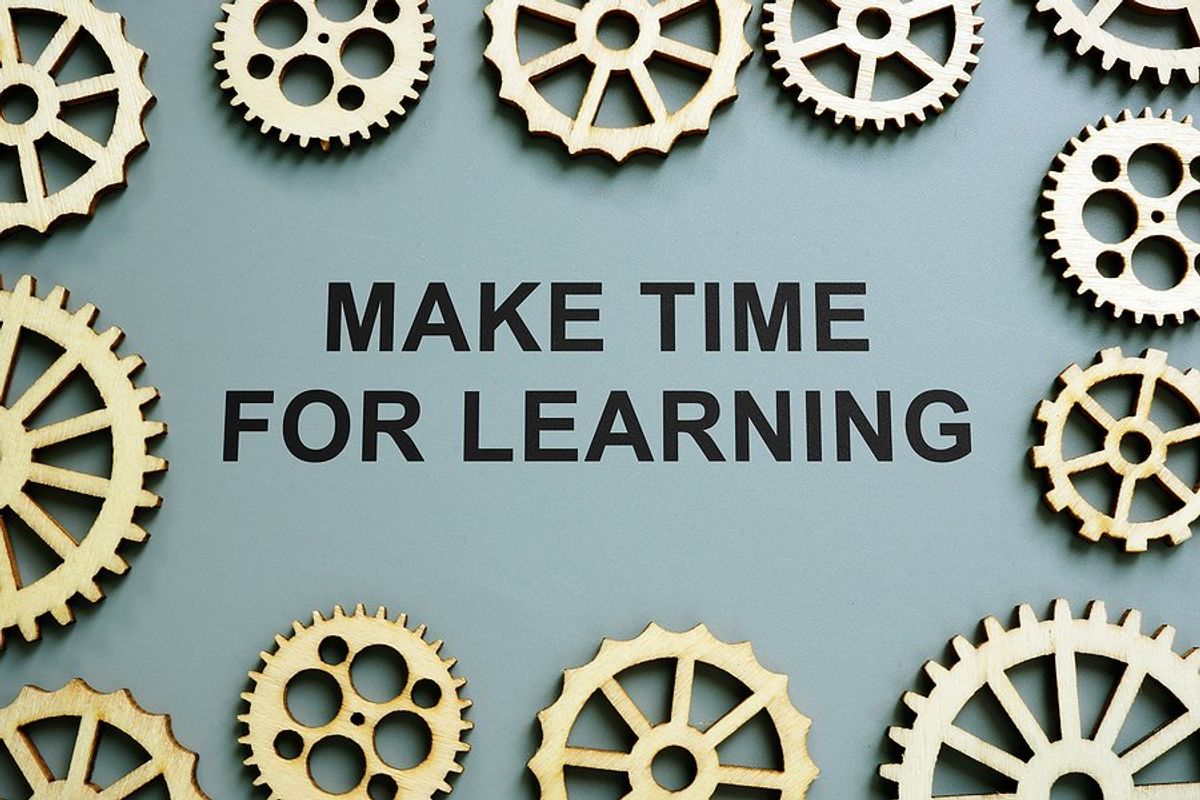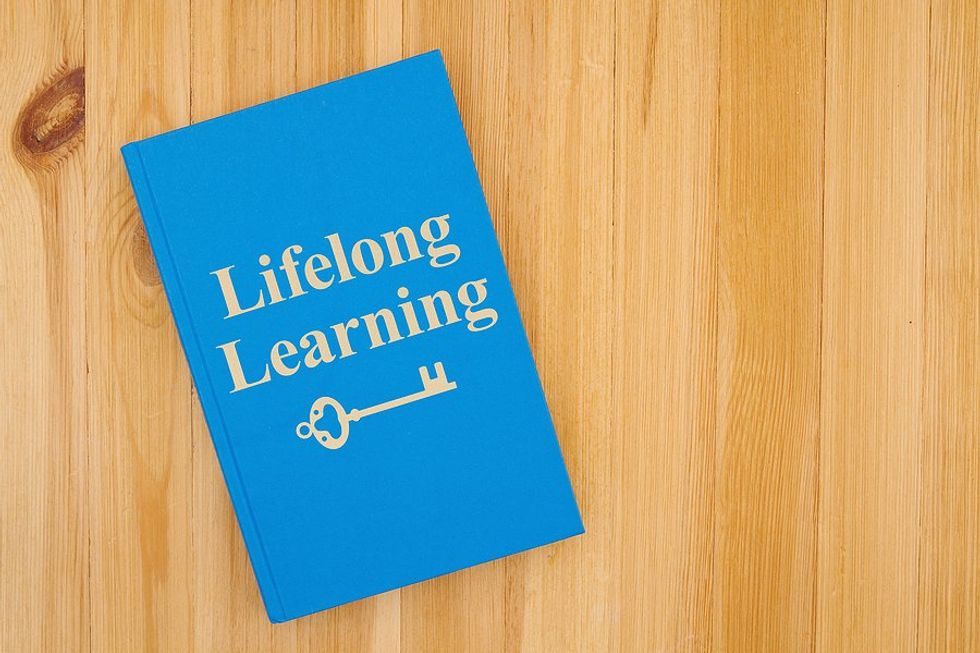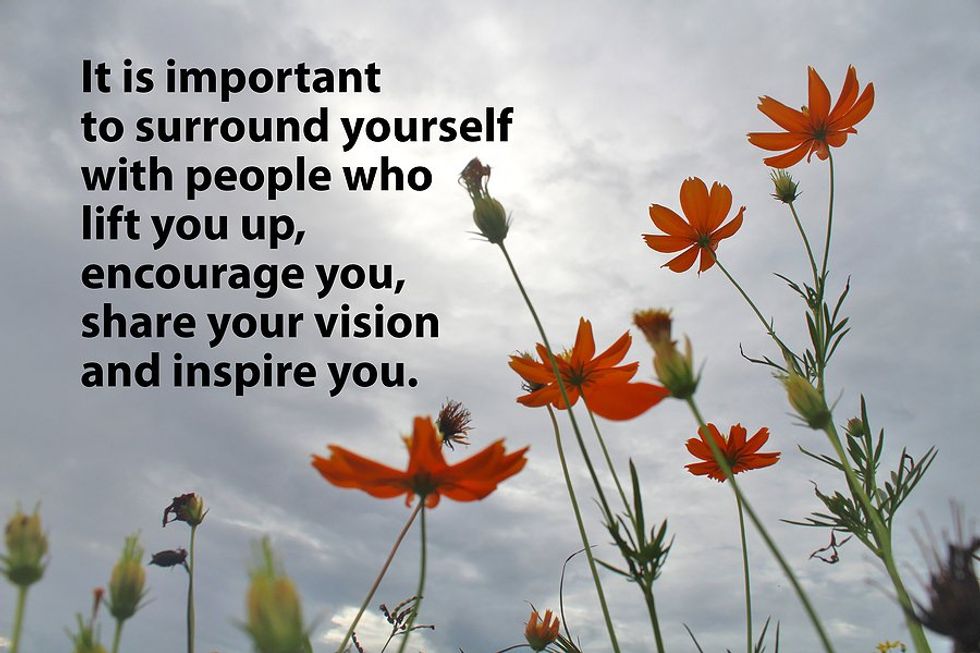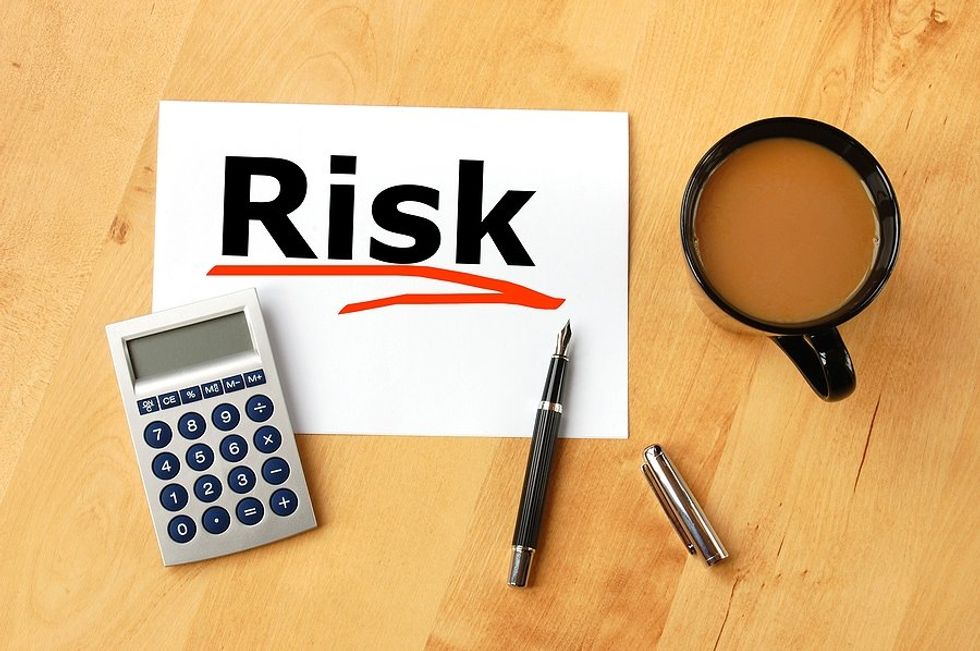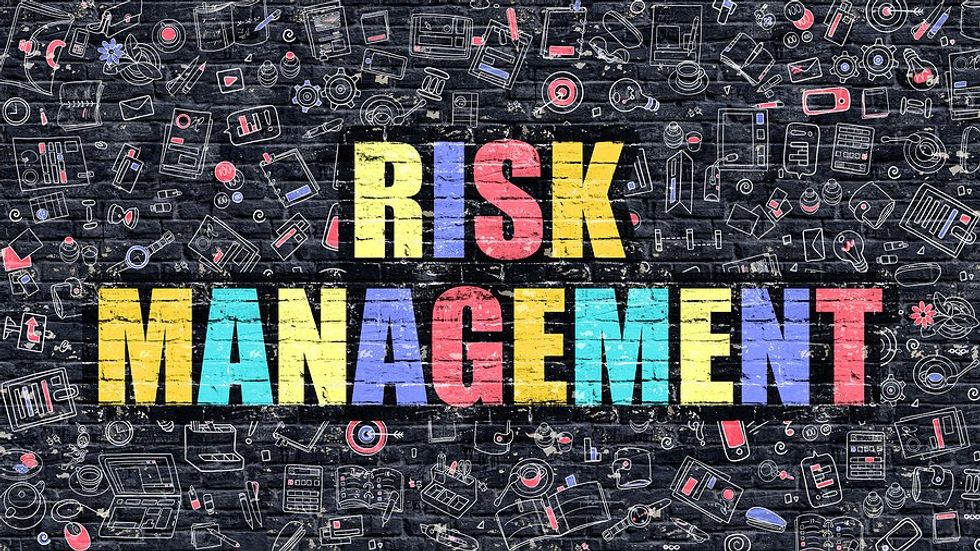10 Ways To Increase Workplace Safety

Safety in the workplace is vital to a well-functioning warehouse or manufacturing environment. Consider the fact that over 4,700 workers were killed on the job in 2020, according to OSHA. Several more injuries than that occur each year, many of which could be prevented.
It’s the law to report all workplace injuries to the Occupational Safety Health Administration. The top injuries typically involve falls, ladders, forklifts, machinery, hazardous energy, electrical work, and respiratory issues. Here are 10 ways employers can encourage and increase workplace safety, ultimately leading to a healthier, safer, and more productive environment.
1. Staff Training

Perhaps the most influential way employers can achieve fewer injuries and increased workplace safety is through clearer, more accessible, and more thorough training programs for their employees.
No matter how skilled or experienced an employee is in a particular area, such as forklift operation or chemical handling, they should undergo extensive training for all aspects of the job. It’s not enough to think your employeesâno matter how smart they areâwill always use common sense, points out Entrepreneur, so make sure you outline any techniques they can impart in order to make their job easier and safer.
2. Hire Competent Workers

When taking on additional employees within your workplace, make sure you’re only hiring the best of the best. If this means you have to pay them a little bit more, do it.
Hiring someone quickly just because production is busy and you need someone out there now doesn’t mean you should compromise on quality. Hire competent workers and they will reward you with fewer on-the-job accidents.
3. Insist On Safety In The Workplace

It all starts with you.
If you as the boss enforce the safety rules and regulations and stand behind them 100%, your workers will take the cue from you that they need to put safety firstâeven in the face of increased production. Your workers will support you if you practice what you preach.
4. Watch What You Reward

When you reward employees for doing all they can to complete the job on time or even before a deadline, you’re unwittingly promoting a culture of “whatever it takes” mentality.
Consequently, “whatever it takes” usually means compromising safety to increase production, so be clear when you say it’s best to be safe than to produce the highest numbers on the team.
5. Post Signs

Even the most safety-oriented worker can forget sometimes.
Post signs around the warehouse or manufacturing facility that remind everyone of the everyday risks inherent in their jobs and what they should be doing to comply with safety regulations. This can be anything from a “helmet area” sign to a “wash your hands” sign in the employee bathroom.
6. Give Your Workers The Tools And Resources They Need To Be Safe

If you don’t provide the tools your employees need to stay safe in the work environment, such as helmets, steel toe boots, personal lines on safety devices, and even safety glasses, you can’t expect them to take the necessary precautions.
Making these tools accessible immediately will further encourage safety compliance.
7. Continuously Find Ways To Improve

Safety on the job is not a static thing.
There’s always room for improvement, so get in there and brainstorm with your employees to find out ways you can all promote a higher level of safety awareness for all, whether that’s the guys on the machines or the people in the front office who have to walk through the plant daily.
8. Keep A Clean House

Messy areas breed the potential for falls and other injuries. Make sure your workplace is relatively clean, neat, and dry to boost safety for anyone.
Also, make sure your employees know the value of a clean work space and encourage them to keep it clean. It’s for their own safety.
9. Provide Maintenance On All Machines And Equipment

Properly running machines, tools, and equipment is a recipe for success.
If you don’t keep up with regular maintenance, these items fail to work as intended. This not only decreases efficiency and production because of all the time spent on repairs, but it also puts workers at risk when they use malfunctioning machines.
10. Reward Safety

Rather than reward high production targets that encourage quick work with a dismissive shrug towards safety, reward those workers who have followed all of your safety rules and have provided efficient work consistently.
By putting an emphasis on safety instead of productivity, you’re rewarding the method of achievement rather than the end result.
Need help with your career?
Become a member to learn how to UNLEASH your true potential to get what you want from work!
This article was originally published at an earlier date.













